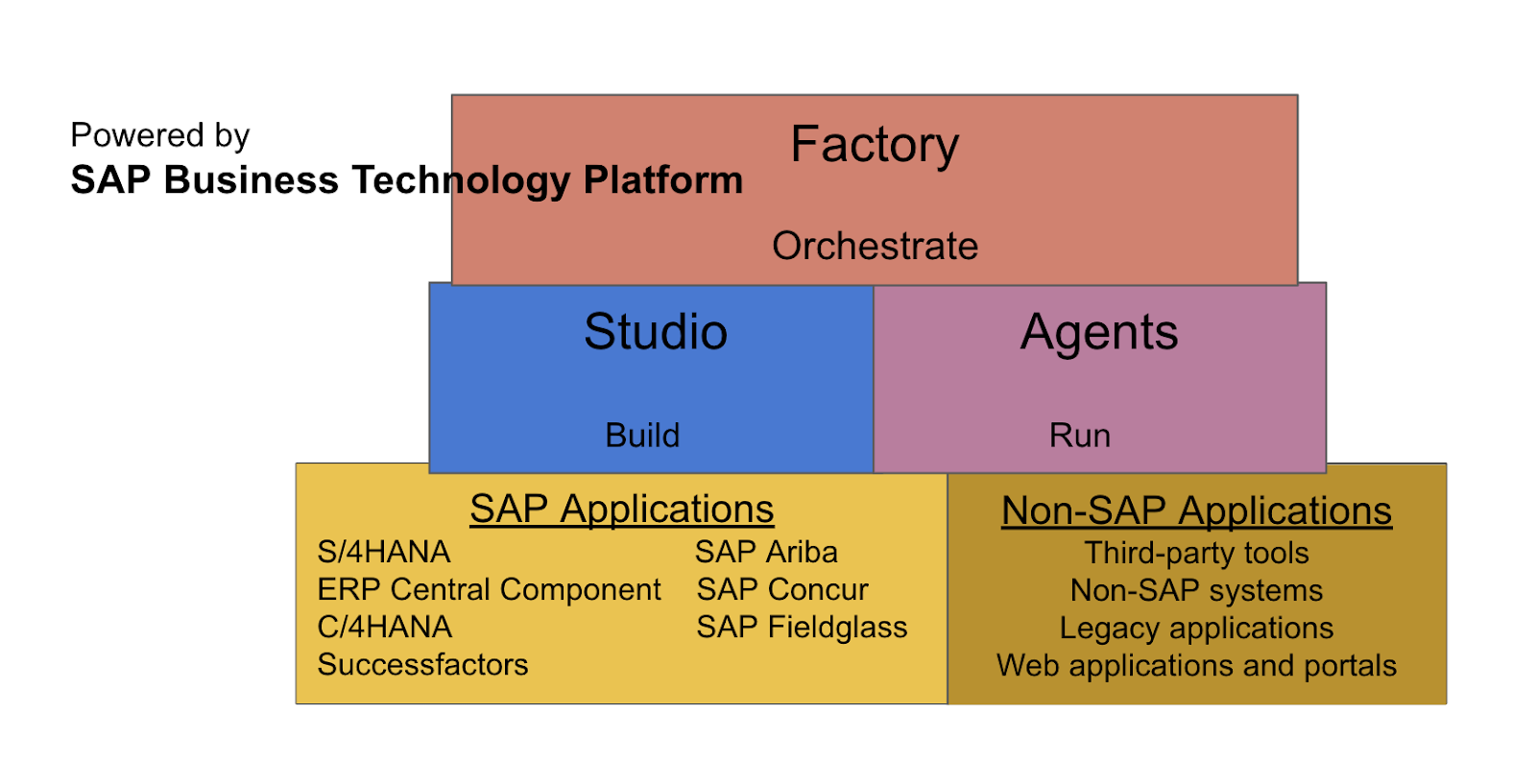In 2021 and beyond, Process Automation will be a game-changer in business environments and will be on many of the organizations digital transformation agendas. Additionally, recent technology advances are delivering opportunities to rethink business processes and embed automation into many tasks that are repetitive in nature to thereby allowing their teams to focus on high-value activities.
Use Case Selection
As companies look to evaluate the tools and technologies to best suit their needs, they also need to identify the suitable use cases for process automation.
Tasks that are manual and repetitive in nature are the first ones to focus on, combine that with the fact that multiple systems the user may have to interact to perform these manual tasks. Analyze this scenario from a productivity and user satisfaction perspective and will be very apparent that these tasks are important but the effort involved could be channeled towards more high-value tasks that will make the end-user experience more rewarding and will lead to overall productivity gains.
Standalone applications in the application architecture that are not natively integrated to other systems or the core, where users have to manually download information from these applications and upload to another system or vice-versa, to carry out the business process, should be considered as candidates for automation.
Reducing processing times of an order taking, invoice entry, or onboarding process, or provisioning business critical information with speed and efficiency for the business partner on the company’s portal can be a potential use case for automation.
Leverage Design Thinking to ideate with human-centered focus for the selection of the use case(s) for automation. Additionally, this approach will allow you to engage the end-user in understanding their needs and perspectives and build low and high resolution prototypes to envision the end-product before even starting the automation project. This method will also ensure you achieve the full business value of your investment.
Building a business case for a process automation project should not be difficult. Additionally, you can factor the time savings and efficiency gains with the automation of these manual activities to calculate the return on investment. Further, the improved user experience in the form of employee satisfaction or customer / supplier experience will make it even a stronger case for change.
SAP Intelligent Robotic Process Automation (iRPA)
SAP Intelligent Robotic Process Automation 2.0 is a solution worth your consideration. It is flexible, robust, and can deliver business value in a matter of weeks.
The SAP Business Technology Platform powers the SAP iRPA solution. It can deploy as a cloud or on-premise solution. However, it has the following solution components:
Desktop Studio
To design process automation with features for capturing applications, designing scenarios and workflows, testing, and debugging.
Cloud Factory
To orchestrate and monitor with features for deploying the package, manage the environment; Virtual Machines for Unattended Bots or Desktop PC for Attended Bots, creating triggers for executing automation, and monitoring jobs and agents.
Desktop Agent
To execute process automation with features for installing the agent for Attended / Unattended Bot, connecting the agent to the tenant on which it will execute the automation.
Connectors
Delivered with standard connectors for Desktop applications (Windows, Mainframe), Web-based applications, dedicated connectors for Microsoft Office Suite applications, SAP-based connectors for SAP GUI and SAP Web GUI applications.

Figure 1 : SAP Intelligent Robotic Process Automation Services Diagram
Take action..
In conclusion, for the business to thrive in the digital economy, it needs to continually innovate to stay relevant in the marketplace. Additionally, as you embark on your journey of transformation with process automation, our experts are ready to help you introduce automation into the business processes. Further, introducing it in a structured and scalable manner to get you the best return on your investment.
If you are interested in viewing similar articles, visit our blog, here.
View our LinkedIn, here.